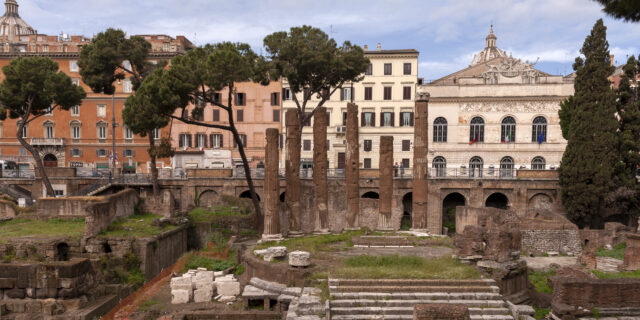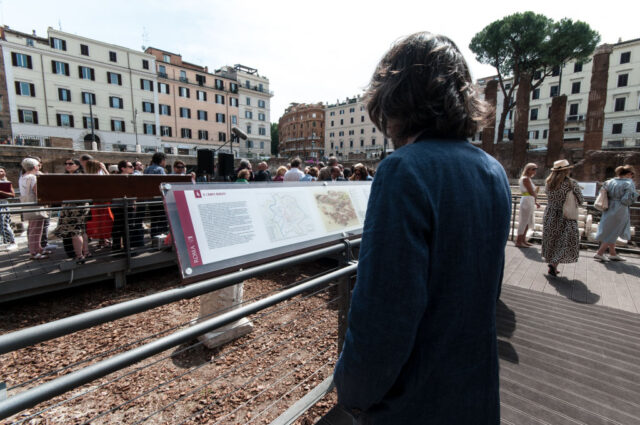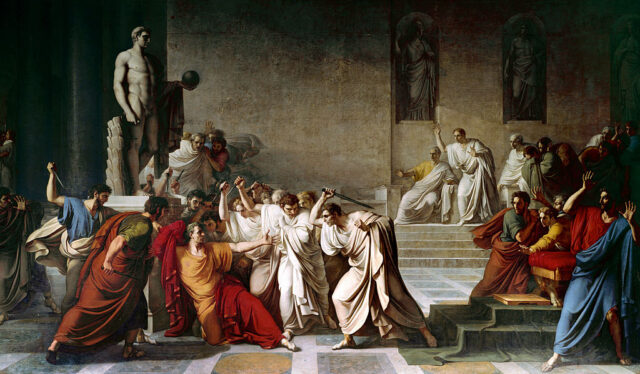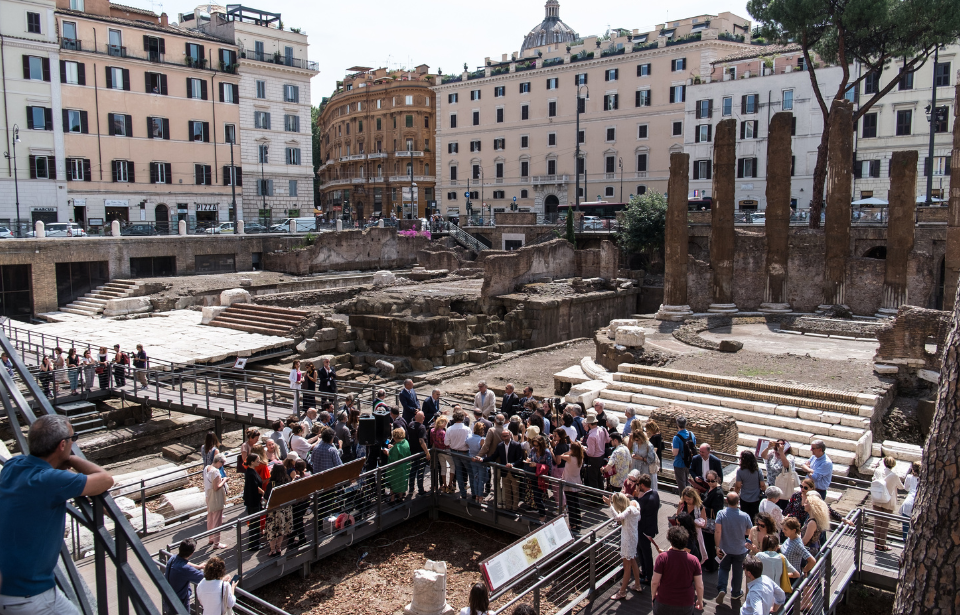Julius Caesar is one of the most famous politicians and generals of ancient times – not just for how he lived and the laws he invoked, but for how he died. Now, history buffs will be able to see the site of his death, as Rome has decided to open the ancient square to the public as of June 2023.
‘The Ides of March’
Caesar met his end at the hands of his senatorial colleagues on the Ides of March, March 15th, 44 B.C. They did away with him because they could see no way forward for Rome as a republic with Julius Caesar at the helm; by then he had become a dictator who ruled with an iron fist.

Caesar had grown paranoid and saw enemies everywhere, and in fact, he was probably correct. The senate saw no other recourse but to get rid of him, and they did so in a very public and infamous way.
The ruins had become a shelter for stray cats
The location of Caesar’s final moments has lain in ruins in the Largo di Torre Argentina – a site that became a shelter for stray cats. Now, the location is set to open to the public. This is not the first time such a proposal has been put forward; in 2012, Spanish architects claimed they’d found the precise spot of Caesar’s end, and suggested a renovation project happen the following year. Those plans came to nothing.

Perhaps not surprisingly, one of the champions of unearthing sites associated with Caesar was a dictator himself — Benito Mussolini, who ruled Italy before and during the Second World War. Under his authority, several locations that Caesar habituated were restored, including four ancient temples and the senate area at which he and other politicians held hearings.
A new walkway
The four temples are all currently below street level. Until the new walkway was built, the ancient buildings could only be seen from behind barriers near a busy intersection. But now, visitors can move through the structures up close and at ground level.

Wealthy Italian businesses stepped up to help, like Bulgari, the designer of watches, jewelry, leather goods, and other fine accessories. Bulgari has donated to restoration projects before, giving 1.5 million Euros for the restoration of Rome’s fabled Spanish Steps a few years ago.
Caesar is a controversial figure
Caesar was, and is, a controversial figure in Rome’s history. Though he’s recognized as a brilliant general and skilled politician, his fortune changed when he began to develop autocratic leanings. He ruled as a dictator for 10 years after appointing himself as such, and was nonetheless popular with some citizens for his attempts to improve life for the lower classes. But when he appointed himself dictator for life, in 44 B.C., “the die was cast,” to paraphrase one of Caesar’s more famous quotes.

More from us: Recent Discoveries At the Saqqara Necropolis Offer Insight Into Ancient Egyptian Mummification Process
Of course, Caesar is well known not just in historical circles, but in theatrical ones as well, thanks to William Shakespeare’s play, “Julius Caesar,” which tells the story of the man’s rise and fall.
